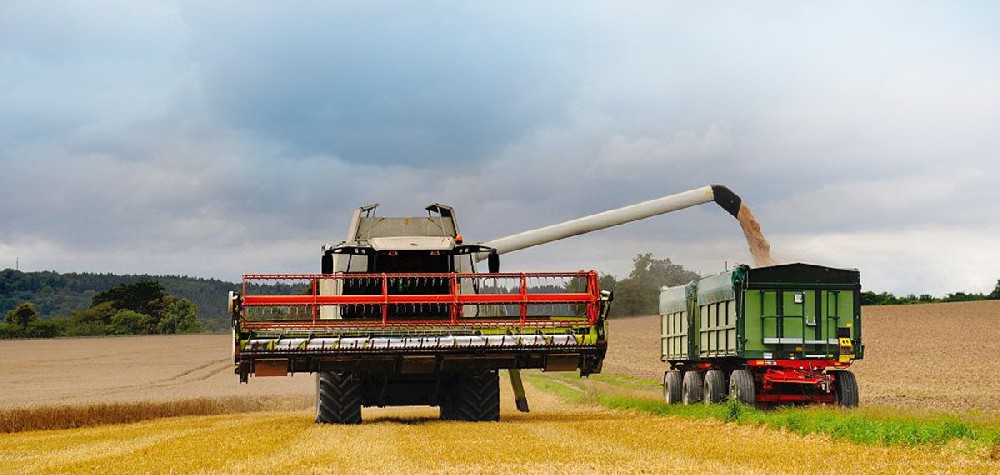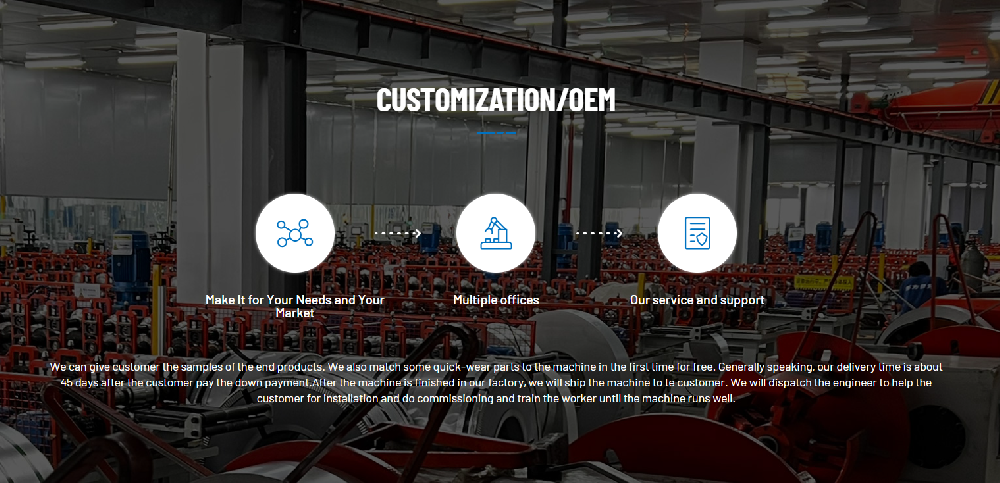Navigation Menu
Contact Us
- Email:
- info@wxavatar.com
- Address:
- Yurong Village, Yuqi Street, Huishan District, Wuxi, China.
Release Date:Aug 01, 2025 Visit:32 Source:Roll Forming Machine Factory
Grain storage technology has advanced significantly in recent years, offering farmers smarter, more reliable, and cost-effective solutions. Modern grain storage systems enhance efficiency by reducing waste, minimizing labor requirements, and optimizing grain quality. Below are the key ways these innovations benefit farmers.

1. Reduced Grain Spoilage with Smart Monitoring
Advanced sensors and automated monitoring systems track temperature, humidity, and CO₂ levels in real time, alerting farmers to potential spoilage risks. This helps prevent mold, insect infestations, and overheating, preserving grain quality for longer periods.
2. Lower Labor Costs Through Automation
Automated aeration, loading, and unloading systems reduce the need for manual labor. Features like remote-controlled fans, automated conveyors, and self-emptying bins streamline operations, allowing farmers to manage storage with fewer workers.
3. Improved Energy Efficiency
Modern grain storage facilities use energy-efficient fans, solar-powered ventilation, and optimized aeration systems to reduce electricity consumption. This lowers operational costs while maintaining ideal storage conditions.
4. Enhanced Inventory Management
Integrated software platforms track grain quantity, quality, and storage duration, helping farmers make informed decisions about sales and distribution. Real-time data reduces guesswork and minimizes losses due to overstocking or spoilage.
5. Faster and Safer Grain Handling
New conveyor belts, augers, and loading systems minimize grain damage during transfer while increasing speed. Improved structural designs also enhance safety, reducing the risk of accidents during loading and unloading.
6. Scalable and Flexible Storage Options
Modular storage solutions allow farmers to expand or reconfigure their storage capacity based on seasonal needs. This adaptability prevents overinvestment in unused space and ensures efficient resource allocation.
7. Longer-Lasting Storage Structures
Durable materials, such as corrosion-resistant steel and advanced protective coatings, extend the lifespan of grain bins and silos. This reduces long-term maintenance costs and ensures reliable performance in harsh weather conditions.

Conclusion
Modern grain storage systems significantly improve efficiency by cutting waste, lowering labor demands, and enhancing grain preservation. By adopting these technologies, farmers can optimize their operations, reduce costs, and maintain higher-quality grain for market. As innovations continue to evolve, storage systems will become even more integral to profitable and sustainable farming practices.